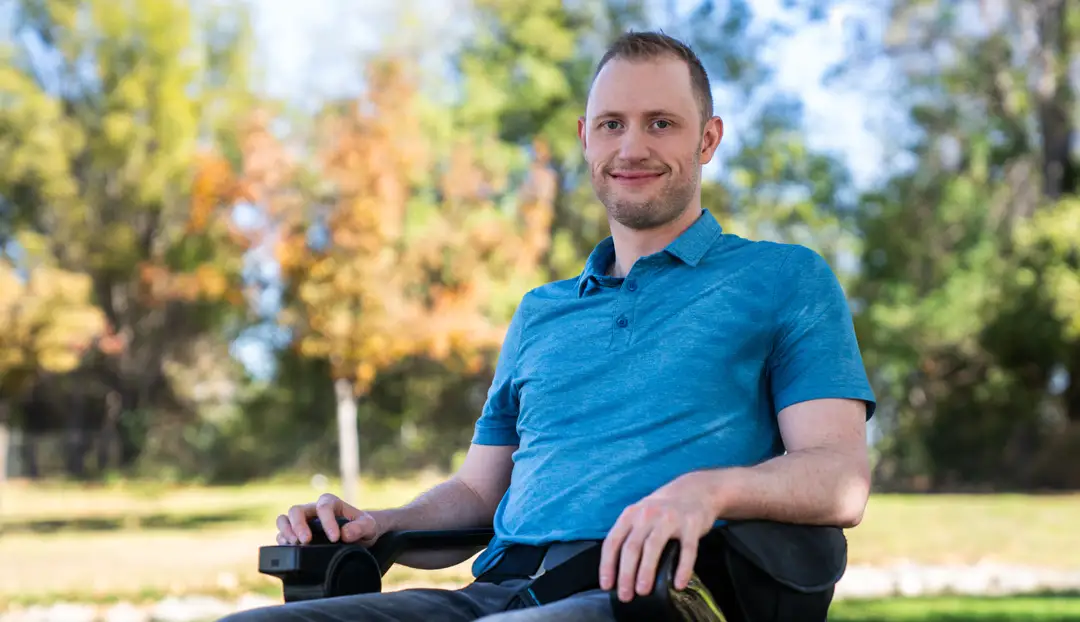




Friedreich ataxia (FA) is a progressive, incapacitating neurodegenerative disease1
FA (also referred to as FRDA) is the most common form of inherited ataxia, affecting more than 5000 people in the United States.2,3 Progression of FA results in a loss of functional abilities, leading to incapacitation and, eventually, death.1,4
A GAA triplet-repeat expansion analysis is the only way to confirm an FA diagnosis.5 The FA Identified program can help your patients explore options for genetic testing
Develop a deeper understanding of how FA might affect your patients
A note on the name:
Friedreich or Friedreich's ataxia?
You may see FA spelled out as "Friedreich's ataxia" in other places. But direction from the American Medical Association (AMA) says that these diseases don't belong to the people who discovered them.6 So, in keeping with AMA style, we have removed the possessive apostrophe and call it "Friedreich ataxia."
Similarly, some medical journals abbreviate Friedreich ataxia as "FRDA." For people in the Friedreich ataxia community, however, FA is a more common abbreviation, and so we have chosen to use that in our materials.


Sam, age 33
Diagnosed at age 15
References
1. Schulz JB, Boesch S, Bürk K, et al. Diagnosis and treatment of Friedreich ataxia: a European perspective. Nat Rev Neurol. 2009;5(4):222-234. 2. Delatycki MB, Bidichandani SI. Friedreich ataxia—pathogenesis and implications for therapies. Neurobiol Dis. 2019:132:104606. 3. United States Census Bureau. Quick facts. Updated July 3, 2023. Accessed December 16, 2024. https://www.census.gov/quickfacts/fact/table/US. 4. Parkinson MH, Boesch S, Nachbauer W, Mariotti C, Giunti P. Clinical features of Friedreich’s ataxia: classical and atypical phenotypes. J Neurochem. 2013;126(suppl 1):103-117. 5. Wallace SE, Bird TD. Molecular genetic testing for hereditary ataxia: what every neurologist should know. Neurol Clin Pract. 2018;8(1):27-32. 6. Christiansen SL, Iverson C, Flanagan A, et al. AMA Manual of Style: A Guide for Authors and Editors. Oxford University Press; 2020.






